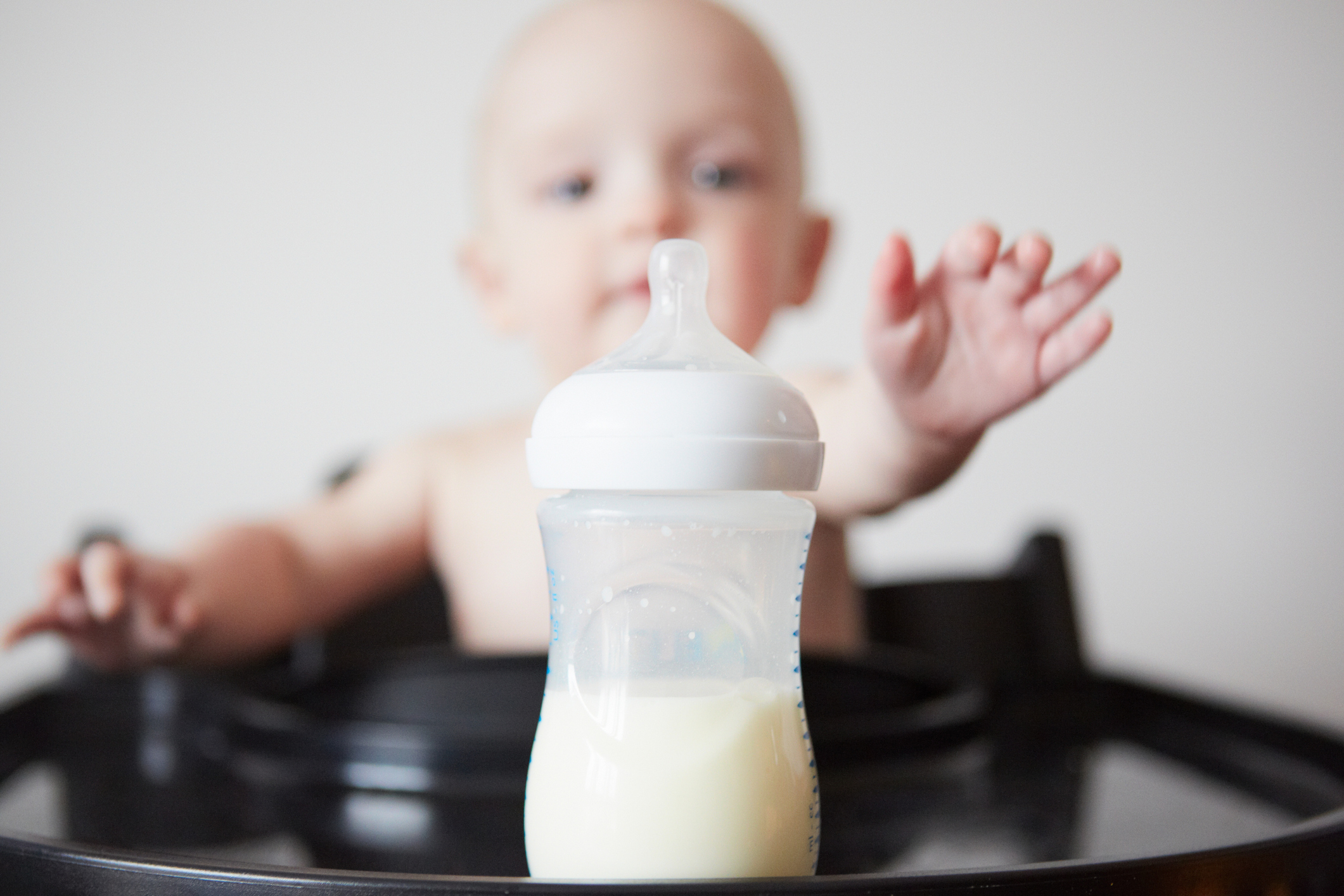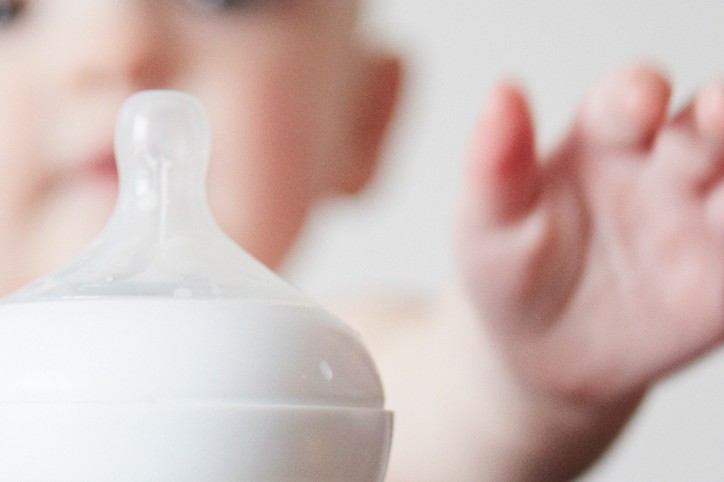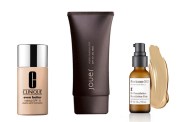If you’ve looked into breastfeeding and the potential difficulties it entails, you’ve probably come across the term “nipple confusion.” But what exactly does nipple confusion in babies mean?
In short it’s when babies used to sucking from baby bottles have a hard time getting back on the breast (they’ll often get fussy), but according to Andrea Syms-Brown of Baby in the Family the term ‘nipple confusion’ is more accurately described by the term ‘nipple preference.’ “Babies are incredibly smart and can quickly develop a preference for a particular nipple texture or flow and thus a preference for breast or bottle.”

Signs of Nipple Confusion:
- Your baby thrusts his tongue upwards while sucking. This can cause your baby to push the nipple out of his mouth.
- Your baby doesn’t open his mouth wide enough. If your baby doesn’t open his mouth wide enough while feeding, he will not get enough milk from the latch. This can cause you to suffer from sore nipples and your supply of breast milk will also suffer because the milk ducts are not getting properly compressed.
- Increased fussiness. If mother’s milk isn’t instantly available, it will cause a delay in the let-down reflex from the milk.
To avoid this issue it is best to start with an assessment of which style of feeding you prefer as the caregiver.
“If your choice is for a combination of breastfeeding and bottle feeding, it’s best to wait until breastfeeding is well established before introducing a bottle or any other artificial teat,” says Syms-Brown. What does “well established” mean? “Your nipples feel normal and your baby is gaining weight appropriately – in other words once you feel confident and don’t have to really focus on getting your baby latches on comfortably, breastfeeding is well established.”
Lastly, it’s important to note that while babies use different tools to remove milk from the breast than they do to get milk from a bottle, not all babies have trouble making the switch between a bottle and the breast.








